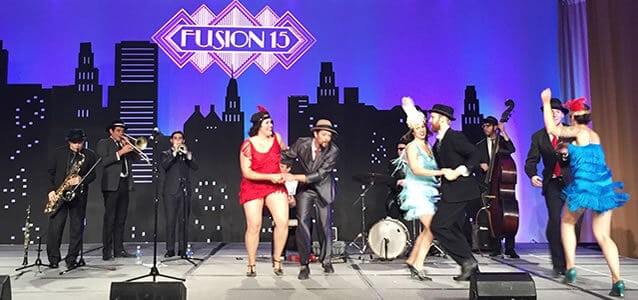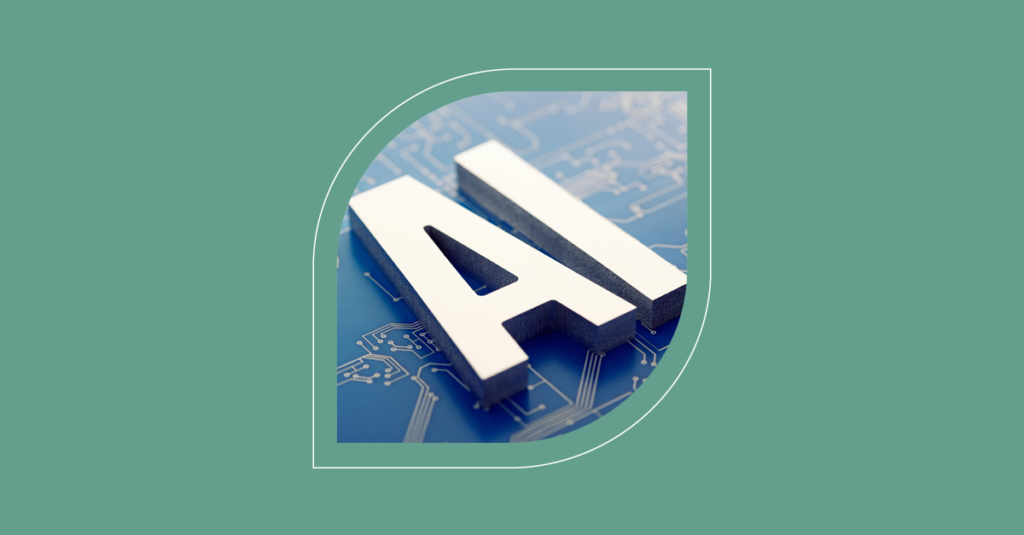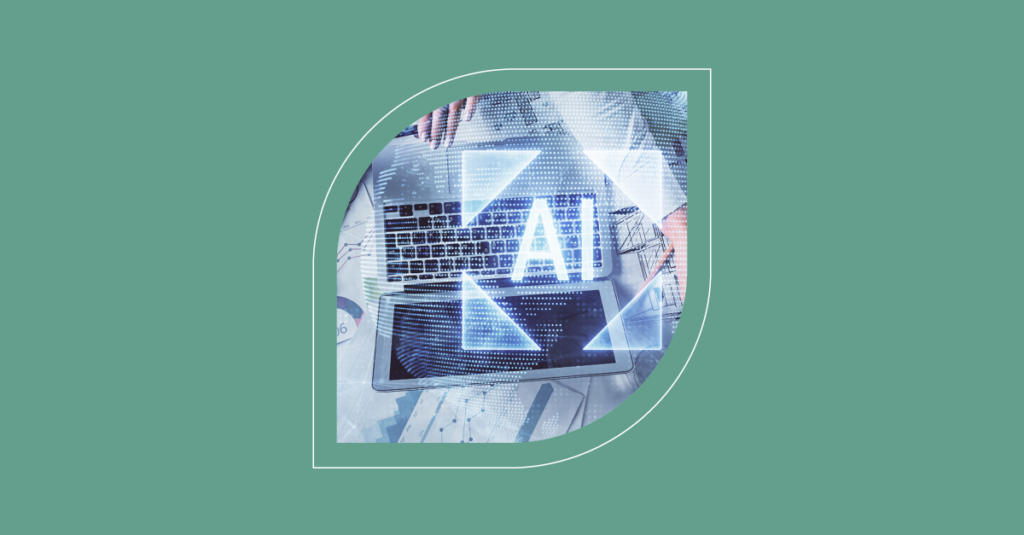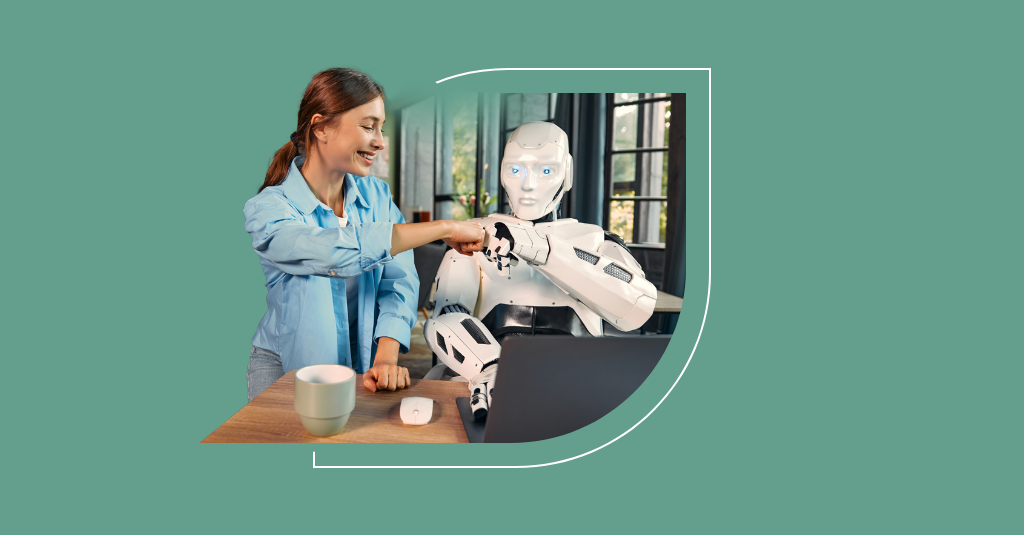FUSION15: People, Process, Technology, and Even More People

I’m back from a wonderful trip to New Orleans for FUSION15, plus a sneaky little post-event vacation, and I wanted to capture some of the great insights and advice the presenters at FUSION15 had to offer. Obviously there are only so many sessions an individual can attend at a multi-stream event, without the benefit of cloning, and there were many more sessions that I wished I could attend but was prevented by clashes.
However, I think I chose my sessions well and, without realizing it, I appear to have attended sessions across the IT service management (ITSM) mantra of people, process, and technology (or product if you are totally up-to-date with your ITIL training). So here are some key points I picked up.
“We Don’t Do People”
Stuart Rance (ITSM legend, consultant, trainer, and ITIL author) started with this mantra, stating that we talk about IT services being supported by people, process, and technology, but too often we invest all our time and effort in the processes and technology, and forget about the people. Stuart explained how we can significantly improve the IT organization by focusing on people, offering a number of real-world stories about how the attitudes and behaviors of IT staff can dramatically influence the customer experience.
Stuart challenged the audience with questions, including:
- When you recruit, do you require people skills as well as tech skills?
- How do you measure and reward people?
- Is meeting your SLA more important than making your customer happy?
All of these questions are easy to ask but maybe not so easy to answer.
Stuart wasn’t slow in telling the audience some hard truths either, including:
- If you haven’t involved your end users/customers in your ITSM processes, then you’ll fail.
- It’s not a person who fails – it’s the training, process, technology, etc.
- To improve things, change the ITSM culture to include blame-free post mortems.
- Design customer experience into everything that you do – every process, every tool, every user interface, and every metric and KPI.
From Stuart’s People to Technology and Process, Namely Cloud and DevOps
John Clark and Kathleen Wilson told the audience how Microsoft, in order to innovate and to stay competitive, needed to change its methods of delivering new features to its customers. They explained that the traditional IT models, which consisted of disparate IT teams with little to no collaboration, hindered Microsoft’s ability to innovate quickly. Then, they went on to describe how Microsoft successfully—and not so successfully, in some cases—applied DevOps internally, in its cloud services, and with its customers.
One of the key points for me was how much DevOps uses automation. With hindsight it makes so much sense – automation is needed for public-cloud-scale operations and in order to monetize the cloud. The most efficient and effective data centers have very few people – no different to the most optimized of factories or other physical production environments. This was cemented by keynoter Robert Tucker when he said something akin to:
“If a job can be done by a set of steps, it’ll be eliminated. Replaced by a robot. Let that sink in.”
The session also introduced a new term for me – economy of skill. While the “on-premise way” looked to economies of scale with vertical IT silos such as networking, storage, servers, etc. and the associated finger-pointing along with, most likely, an absence of end-to-end accountability – the “cloud way” is about operating in a new, federated services model; with “one throat to choke” when it comes to accountability.
…And Back to People with SFIA
Matthew Burrows spoke to how more and more IT organizations are using the Skills Framework for the Information Age (SFIA) to keep track of the skills they have and the skills they need to obtain. With SFIA allowing organizations to understand: their IT skills gaps, how to address the gaps, and how to create skills-based role profiles and job descriptions to help deliver better individuals and teams.
I was new to SFIA – my excuse is that I’m a marketer with a very keen interest in ITSM – but I imagine that I’m not alone given SFIA’s UK origins. And when something is free to use, it would be rude to not at least take a look.
In summary, SFIA is a framework that provides a common language that describes skills (not roles). It includes a model for not only describing IT practitioners’ skills but also the levels of the skills needed in the context of organizational responsibility.
It’s interesting how SFIA doesn’t define organizational structures, roles, or jobs and is instead aligned with the things that need to be done in IT in order to be successful. And I particularly like how SFIA helps both the organization and the individual or, as Matthew explains it “SFIA plays a role in countering weapons of self-destruction.”
If SFIA sounds like it could help your organization, then why not download SFIA6 from http://www.sfia-online.org/en.
And Even More People Advice with “Engaging Employees: Bridging the Generation Gap”
Rae Ann Bruno pointed out that, while many IT organizations focus on attracting and retaining employees, to get the best results we also need to motivate and engage our employees and teams to deliver better customer service – that engagement can be the real differentiator.
And that, with several generations in the workforce, a “one size fits all” approach to motivation and engagement doesn’t work. The session covered what motivates each generation and how to create an environment where teams will be highly engaged, productive, and successful.
Rae Ann offered up four traits that engaged employees exhibit and it’s interesting to consider how our service desk people rate against each of them:
- Enthusiasm – employees are enthusiastic about work
- Inspired – employees are motivated by their leaders
- Empowered – employees are allowed to do the work their way
- Confident – employees are sure they can achieve excellence
Engagement is an important consideration as we start to expect service desks to deliver a better customer experience. With 70% of engaged employees strong on customer service versus only 17% of disengaged employees. So get your service desk/help desk and other IT employees engaged!
Looking at engagement through a generations lens, generationally the workplace is made up of:
- Traditionalists (born 1925-1945)
- Baby boomers (1946-1959 with a second wave 1960-1964)
- Generation X (1965-1981)
- Generation Y (1982-1993)
- Generation Z (1994-)
Although I would argue that we should call the latter group Generation Now given their constant need for immediacy in the workplace, with Generation Y not too far behind them!
So unsurprisingly, research is showing GenY/Z as the least engaged part of the workforce, and moving jobs a lot as a result. The root cause is often the corporate failure to deliver against a key GenY/Z motivator – the individual’s ability to advance in their career/profession/company. It’s not great for the service desk for the IT organization as a whole if such personal ambitions can’t be accommodated.
Rae Ann’s session nicely complemented the keynote by “American Humorist,” Jeanne Robertson when she asked:
“Have you ever wanted to take a young person’s face in your hands and ask ‘are you in there?’”
It wasn’t a Generation-Z-bashing keynote but rather an exploration of how a sense of humor is more than just the ability to laugh. That instead it’s an attitude, and an approach to working that can be developed and improved – to laugh at yourself and to accept the things that cannot be changed about ourselves and the people around us.
And Then Back to Process with “Basic Change Management: A Practical Multiphase Approach”
Greg Sanker offered practical advice on getting started with change management, detailing the common challenges of trying to adopt by-the-book change management, and the difficulties of starting small – which can make it very difficult to mature and move beyond being reactive.
I was pleased that Greg started with the purpose of change management, to:
- Enable beneficial changes to be made
- Minimize disruption to services
- Manage risk
- Control the lifecycle of all changes
It’s so much better than “the process that manages changes.”
Greg also offered up a simple two-phased approach to change management adoption. With Phase 1 involving:
- Introducing change control
- Focusing on business value
- Managing the environment
- Changing behaviors
With a need to measure:
- Progress of adoption – milestones and deliverables, and resistance
- Compliance – whether processes are being followed and impact reduction
Then in Phase 2:
- Controlling the lifecycle of changes
- Managing risk
- Business alignment
- Reducing rework
With a need to measure:
- Effectiveness – business outcomes and impact reduction
- Efficiency – time to value
Greg also offered pearls of wisdom that included:
- Processes produce outputs but outputs don’t produce value; it’s what the business does with the outputs that can be valuable.
- Mature service management is about collaboration. Change Management is no exception – step out of your silo.
- Start small with change, think what you need now and work towards improvements. And keep it simple!
Well there you have it, a sample of my learnings from FUSION15, and I could have written so much more. Care to share what you learned at FUSION?
Photo credit: Roy Eldar
Did you find this interesting?Share it with others:
Did you find this interesting? Share it with others:








